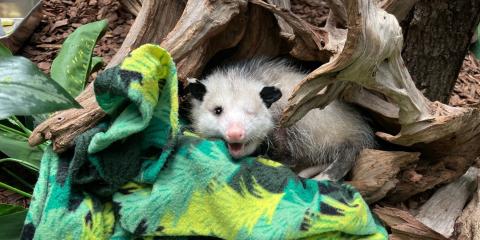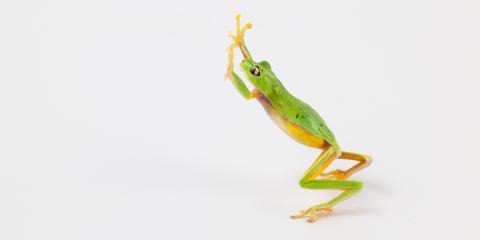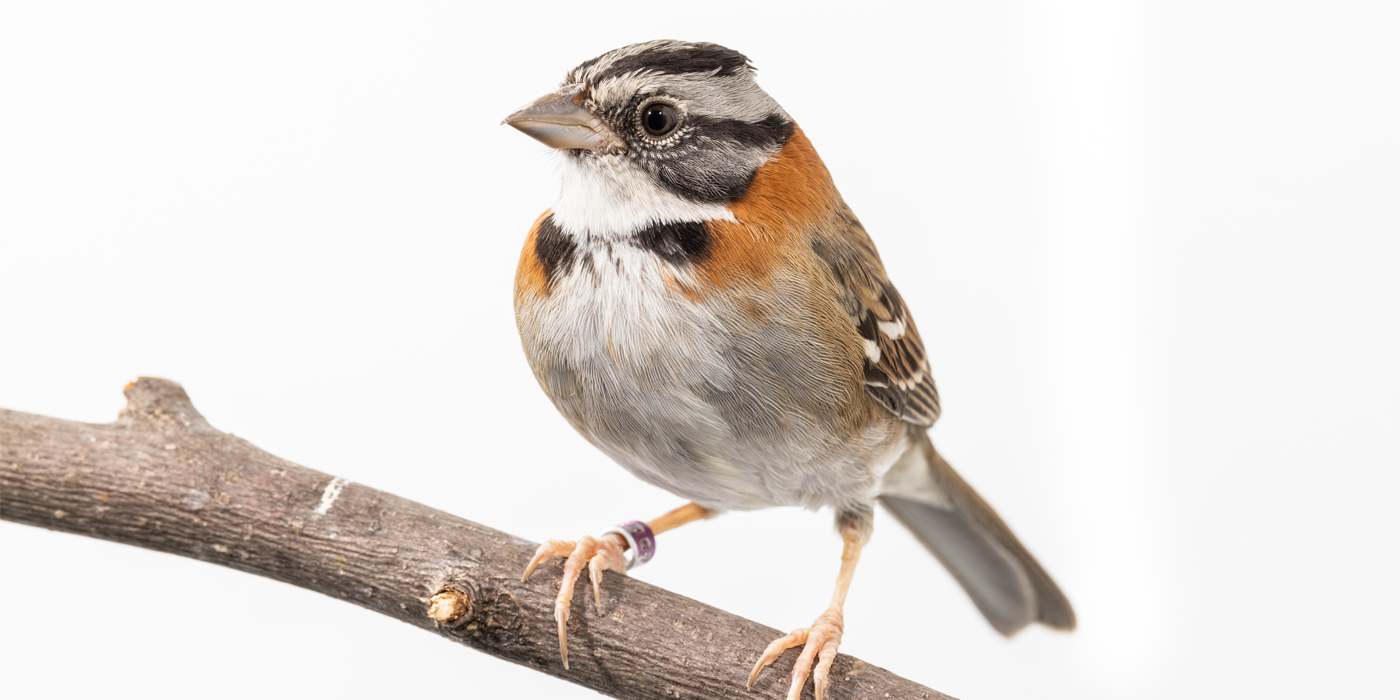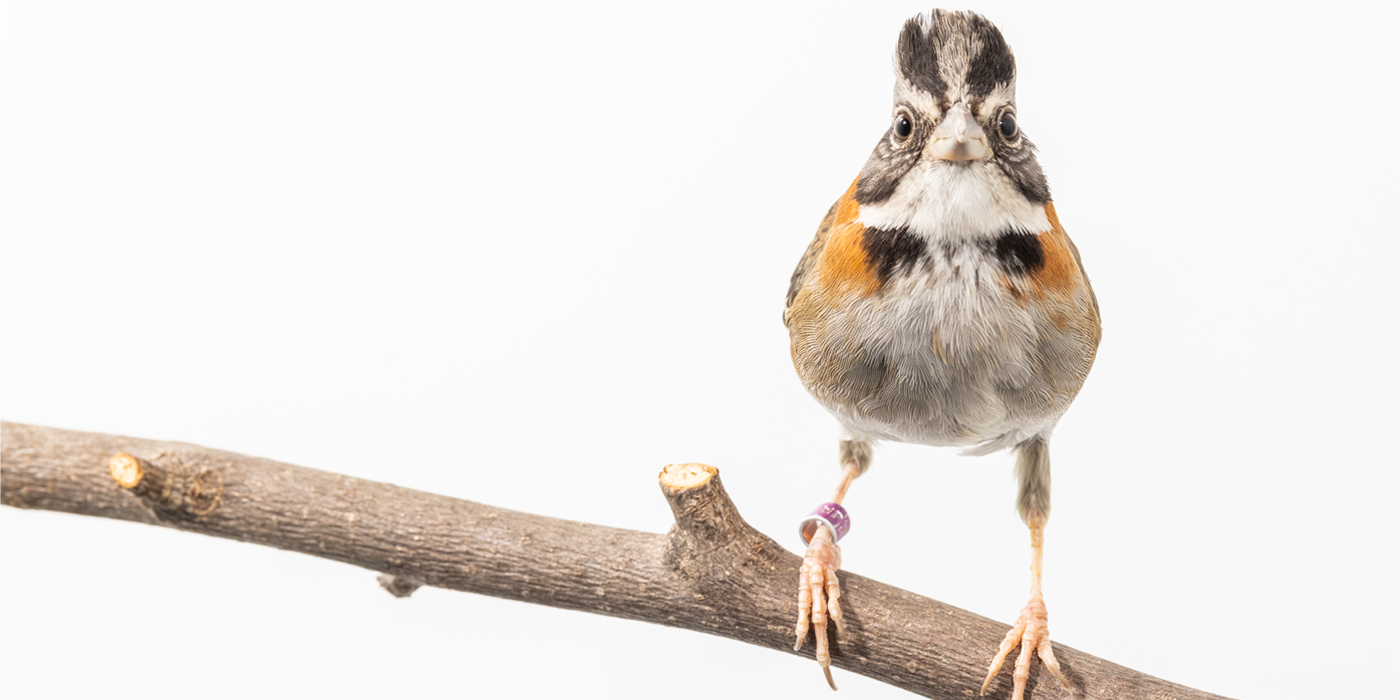This small, black and brown-colored song sparrow is common sight throughout Central and South America, where it can be seen hopping along the ground near roadsides, parks and other urban areas. Their color patterns vary by area, but most can be identified by their namesake reddish-orange patch found on the back and sides of their neck.
Physical Description
Rufous-collared sparrows are small, somewhat plump birds with medium-length tails and brownish-pink legs. Like many sparrows, they have short, cone-shaped bills. Their color patterns vary between subspecies; some are mainly reddish brown with dark or black streaks, or grayish-white or buff-colored with black or white patches, while others have almost completely gray or dark brown bodies. Many of the subspecies have a peaked crown on top of their heads, black stripes that run across their face, and reddish-brown, or rufous, coloring that stretches across the back and sides of the neck. Males and females have similar patterning.
Size
Varies based on subspecies, but adults are usually between 5.25 and 6 inches (13.5-15 centimeters) long.
Native Habitat
These birds are well-adapted to living in open areas, lowland scrub areas extending into highlands and mountainsides, farm fields and forest edges. They are also quite common in places with lots of human activity.
Their range stretches from southern Mexico and southern islands in the Caribbean throughout Central and South America. They are not normally found in dense forests or jungles.
Lifespan
They live for 2-10 years.
Communication
Rufous-collared sparrows communicate vocally, usually calling to each other through short "chips" or "tsips," but they can also sing longer songs that incorporate trills or whistles.
Food/Eating Habits
They mainly eat seeds, fruit and insects. They forage by hopping around on the ground or among low vegetation, pecking at food with their bills.
Social Structure
Males are territorial and will pair up with females while breeding and raising young, but otherwise they prefer to live alone. Females are known to have overlapping territories. Rufous-collared sparrows sometimes join mixed-species flocks to forage for seeds and grains.
Reproduction and Development
While they are capable of breeding at any point of the year, rufous-collared sparrows usually do not lay eggs until the beginning of the rainy season or summer, when food is more plentiful.
Their nests are compact and cup-shaped, made from grasses and soft plant fibers and often placed close to the ground. Females lay between two and five eggs, which are pale greenish-blue with brown blotches or spots. The eggs hatch after about two weeks of incubation. Only the female sits on the eggs, but both parents help with care and feeding after the chicks hatch.
Rufous-collared sparrows are generally non-migratory, residing in the same area year-round. However, one Argentinian variety seasonally travels from breeding grounds in the remote southern peninsula of Tierra del Fuego to their non-breeding grounds up north.
Conservation Efforts
These are quite common throughout their range and are well-adapted to living alongside humans. Individuals may be at risk for common threats like window strikes and predation from other animals, including house cats.
Help this Species
- Reduce, reuse and recycle — in that order! Cut back on single-use goods, and find creative ways to reuse products at the end of their life cycle. Choose recycling over trash when possible.
- Be a smart consumer. Choose products made with sustainable ingredients, such as Smithsonian certified Bird Friendly coffees, which support farmers striving to limit their impact on wildlife and habitat.
- Be a responsible cat owner, and keep cats indoors or under restraint when outside. Never release animals that have been kept as pets into the wild.
- Avoid single-use plastics, such as plastic bottles, bags and utensils. Choosing reusable options instead can help reduce plastic pollution.
- Plant native flowers in your garden to help feed resident and migrating pollinators. You'll make your lawn beautiful and help wildlife at the same time!
- Less is more. Cut down on the demand for resources by consuming less. Buy only what you need, and look for pre-owned or repurposed items before purchasing something brand new.
Animal News

Remembering Basil, Our Virginia Opossum



